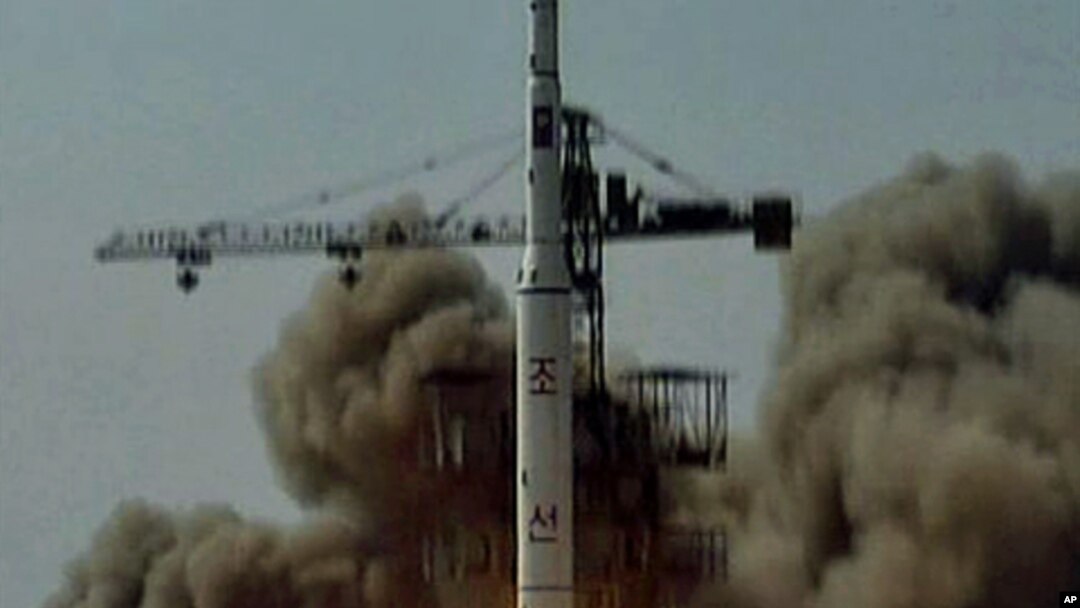Iran has reportedly received a small number of North Korean BM-25 missiles. But it's not entirely clear what the Islamic Republic plans to do with them. Western analysts have differing theories about Tehran's intentions.
The reported transfer of 19 North Korean BM-25 medium range ballistic missiles to Iran has added yet another layer to the ongoing discussion in the West about Tehran's military – and possibly nuclear – intentions. But analysts differ in their assessment of Iran's purpose for this missile, which was derived from an old Russian design.
One analyst, Michael Elleman at the London-based International Institute for Strategic Studies, says this missile made its first public appearance only a short time ago.
"A version of what we believe is the BM-25 was paraded in Pyongyang last month, which gave us a bit of information about what this missile might actually look like. But, it has never been tested," Elleman said.
Analysts are not in total agreement that the BM-25 exists. Some speculate that North Korea may have paraded a display mockup rather than a real missile.
A publication that has followed Iran's acquisition of the BM-25 is Aviation Week & Space Technology, which is closely read both by the aerospace industry and governments around the world.
David Fulghum is the senior military editor for Aviation Week, and published an article on the BM-25 on October 14.
Fulghum says a Middle East government gave him key information about it: "I first heard about it from the Israelis six months ago, and, they said that they had been delivered – complete missiles had been delivered – to Iran."
Fulghum says the BM-25, which North Korea calls the Musdan, has a projected range of 3 to 4 thousand kilometers, and is carried on a mobile launcher. Some in the West have claimed this missile could create yet another threat to countries in Europe, as well as the Middle East.
But Fulghum says he suspects that Iran wants to use the BM-25 for research and development, rather than put it into active service.
"I think it is part of a test program," Fulghum said. "They want to develop a missile that can be a threat, but also that can help them carry bigger payloads further. That is something that they needed – a new airframe – and that is what the BM-25 gives them."
While many in the West are sharply focused on the possibility that the BM-25 was brought in to help Iran build offensive weapons, I-I-S-S analyst Michael Elleman says he sees Tehran using it for its space program, not for strategic purposes.
For years, North Korea was seen as providing both hardware and technology to Iran to give it a jump start in its military and space programs. But now, some analysts say, Tehran may be taking the lead in some of this development. Aviation Week's Fulghum explains why the relationship between the two countries may have switched:
"Iran, at this point, has more money [and] has more freedom to do the development," Fulghum added. "[Iran] has more access to the kinds of materials that you would need than North Korea does. North Korea depends a lot on the Chinese. The Chinese are under pressure from us not to export [certain technologies to North Korea.]"
David Fulghum, Michael Elleman, and other Iranian missile watchers say that regardless of where the development comes from, the results will be difficult to keep secret. Missiles have to be launched to be tested, and when they are, other nations track them closely to learn how well they perform, and what threats they may pose to others.


